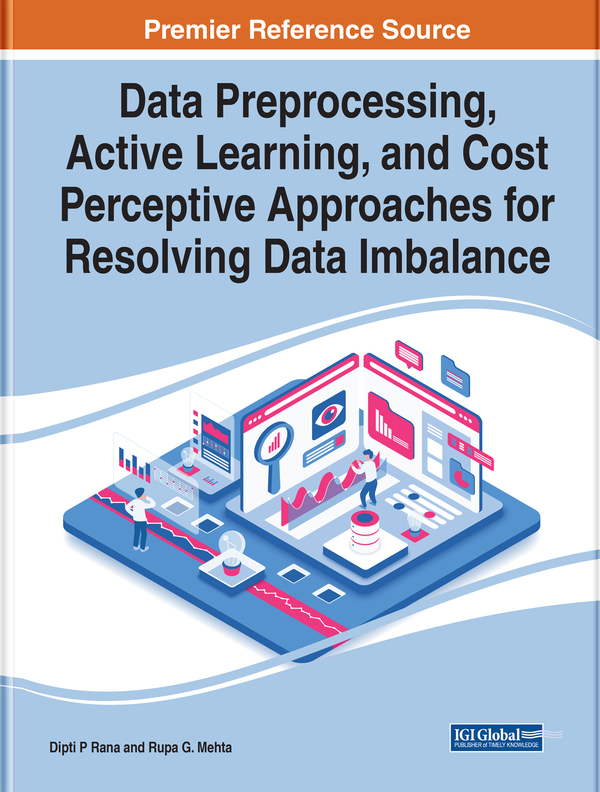- 丛书名 : Advances in Data Mining and Database Management
- 中图分类号: TP3
- 语种: ENG
- 出版信息: IGI Global 2021 328页
- EISBN: 9781799873730
- PISBN-P: 9781799873716
- 原文访问地址:
KG评星
知识图谱评星,是一种基于用户使用的评价体系,综合图书的评论数量、引文数量、Amazon评分以及图谱网络中节点的PageRank值(即考虑相邻节点数量和重要性)等多种因素计算而得出的评价数值。星级越高,推荐值越高。CAT核心级
核心学术资源(CAR)项目作为教图公司推出的一项知识型服务,旨在打造一套科学、有效的图书评价体系,并协助用户制定相应的馆藏建设方案。CAR项目调查和分析12所世界一流大学的藏书数据,以收藏学校的数量确定书目的核心级,核心级越高,代表书目的馆藏价值越高。选取核心级在三级以上,即三校以上共藏的图书作为核心书目(CAT)。Over the last two decades, researchers are looking at imbalanced data learning as a prominent research area. Many critical real-world application areas like finance, health, network, news, online advertisement, social network media, and weather have imbalanced data, which emphasizes the research necessity for real-time implications of precise fraud/defaulter detection, rare disease/reaction prediction, network intrusion detection, fake news detection, fraud advertisement detection, cyber bullying identification, disaster events prediction, and more. Machine learning algorithms are based on the heuristic of equally-distributed balanced data and provide the biased result towards the majority data class, which is not acceptable considering imbalanced data is omnipresent in real-life scenarios and is forcing us to learn from imbalanced data for foolproof application design. Imbalanced data is multifaceted and demands a new perception using the novelty at sampling approach of data preprocessing, an active learning approach, and a cost perceptive approach to resolve data imbalance. Data Preprocessing, Active Learning, and Cost Perceptive Approaches for Resolving Data Imbalance offers new aspects for imbalanced data learning by providing the advancements of the traditional methods, with respect to big data, through case studies and research from experts in academia, engineering, and industry. The chapters provide theoretical frameworks and the latest empirical research findings that help to improve the understanding of the impact of imbalanced data and its resolving techniques based on data preprocessing, active learning, and cost perceptive approaches. This book is ideal for data scientists, data analysts, engineers, practitioners, researchers, academicians, and students looking for more information on imbalanced data characteristics and solutions using varied approaches.







 京公网安备 11010602104826号
京公网安备 11010602104826号
